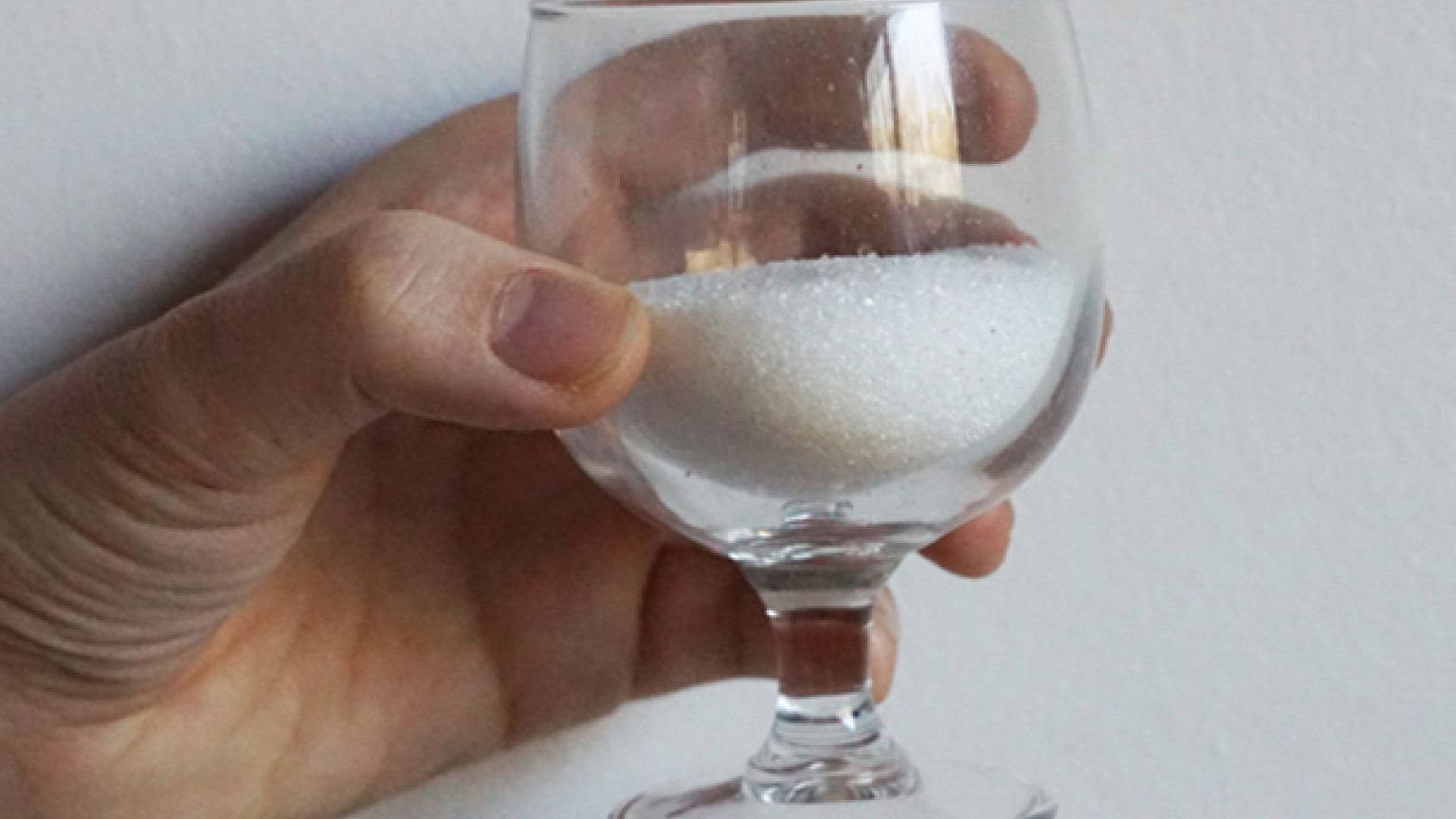The World Health Organisation suggests that adults should eat no more than 50 grams of sugar (12 teaspoons) per day to avoid the risks of obesity and
The World Health Organisation suggests that adults should eat no more than 50 grams of sugar (12 teaspoons) per day to avoid the risks of obesity and tooth decay.
The UN body even advises that limiting ourselves to 25 grams – or 5% of our daily energy intake – would provide “additional health benefits.”.
But a quick look at current intake of sugars (both monosaccharides like glucose and disaccharides such as sucrose or table sugar) tells us that this would represent quite a change in many people’s eating habits.
Currently, Western European adults consume an average of 101 grams of sugar per day, while in South America the figure rises to 130 grams.
Sugar represents around 16-17% of an adult’s daily energy intake in the United Kingdom and Spain. In Portugal that rises to 25%. So Portuguese adults should be consuming 80% less sugar every day if they are to meet the WHO’s ultimate recommendation of 5% energy intake (25 grams) of sugar per day.
The WHO’s guidelines do not take into account the sugars that are found in fresh fruit and vegetables as, it says, “there is no reported evidence of adverse effects of consuming these sugars.”
But take a look around a supermarket at some everyday shopping items and it becomes apparent that 50 grams of sugar – the WHO’s maximum recommended daily limit – doesn’t go that far….
- Table sugar
This is what 50 grams of table sugar looks like. The WHO recommends this as an adult’s daily limit
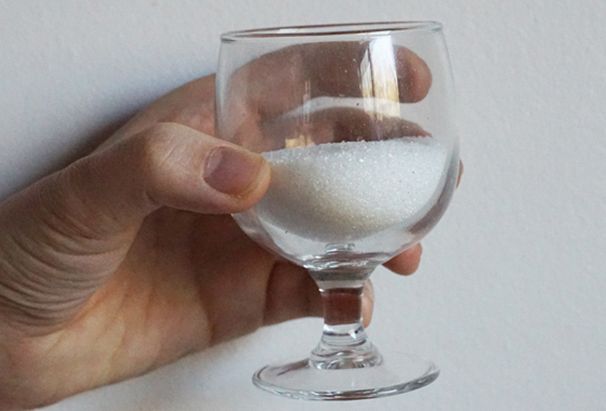
- Chocolate caramel bar
50 grams of sugar = 77.7 grams of Mars bar, or just under two regular sized bars

- Honey pops breakfast cereal
50 grams of sugar = just under six 30g servings of Kellogg’s Honey Pops. One 30g serving contains 8.7g of sugar
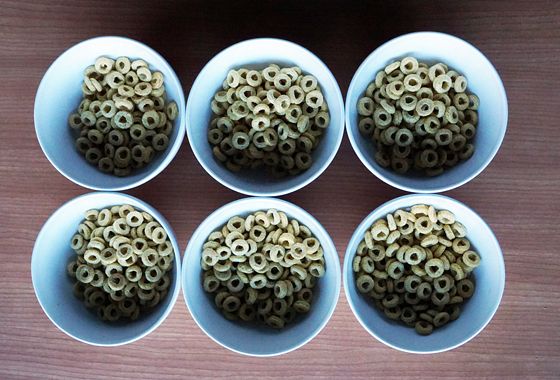
- Chocolate hazelnut spread
50 grams of sugar = 88g or around five tablespoons of Nutella
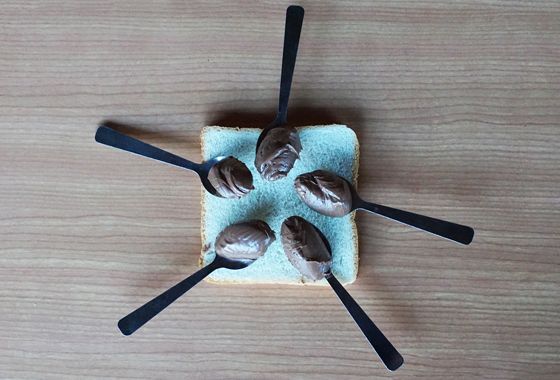
- Fizzy cola drink
50 grams of sugar = slightly less than a 50cl bottle (462ml) of Coca Cola
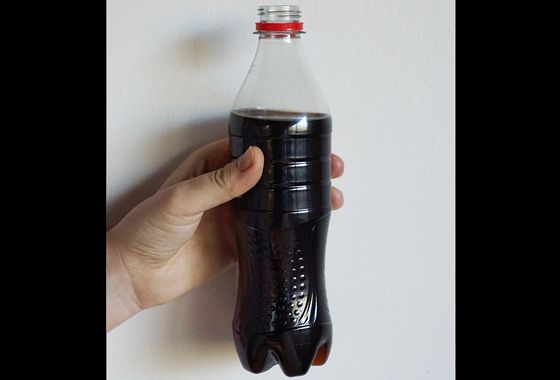
- Orange juice
50 grams of sugar = Just under a pint (45cl) of Tropicana orange juice labelled ‘No Added Sugar’.
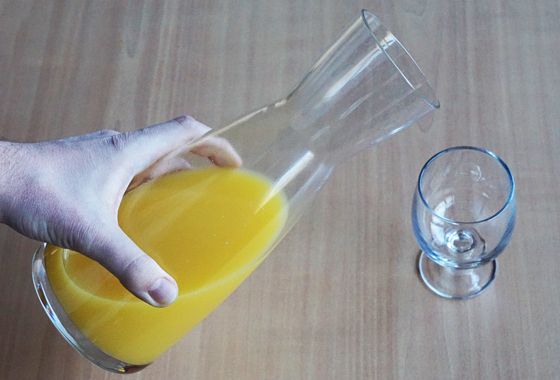
- Instant chocolate drink powder
50 grams of sugar = around 3 servings (64g) of Benco instant hot chocolate drink. One serving with added hot milk contains around 16 grams of sugar
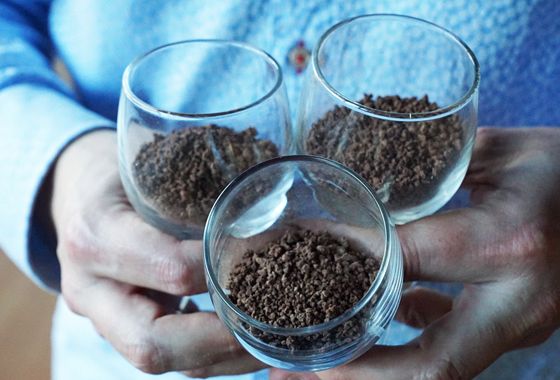
- Chocolate peanut snacks
50 grams of sugar = just over a quarter of a 330g pack of M&Ms
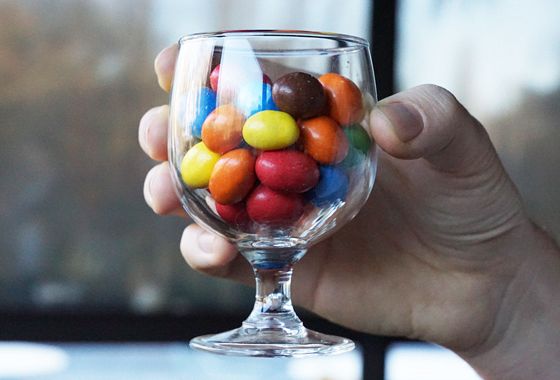
- Dried fruit
50 grams of sugar = 78g of supermarket brand dried fruit and almonds
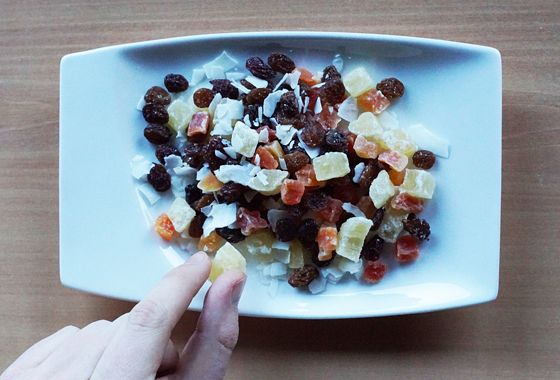
- Kids drinking yoghurt
50 grams of sugar = 5 pouches of supermarket brand drinking yoghurt, labelled ‘ No Added Sugar’. One pouch contains around 10g of sugar
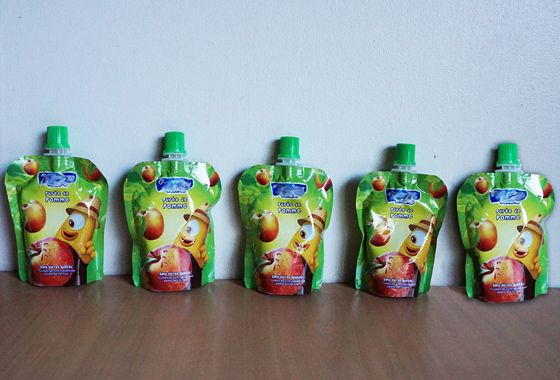
- Frozen lemon meringue
50 grams of sugar = one third (173.6 grams) of a 490g frozen lemon meringue pie

- Pasta
There’s even sugar where you wouldn’t necessarily expect it. A small portion (80g) of Barilla Penne pasta contains 3 grams of sugar
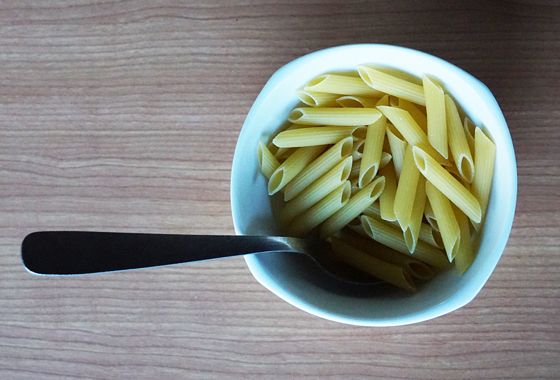
- Frozen pizza
One frozen pepperoni and cheese pizza contains 22 g of sugar
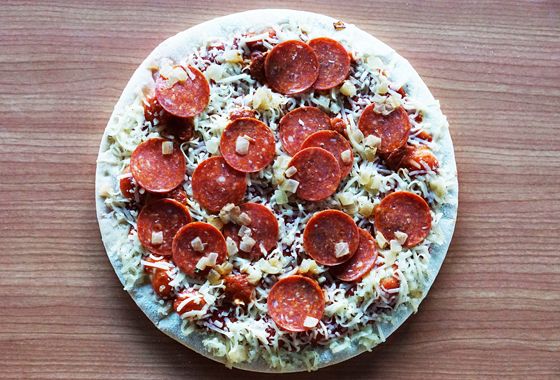
- White bread
50 grams of sugar = 17.8 slices of white bread. That’s 2.8 grams of sugar per slice
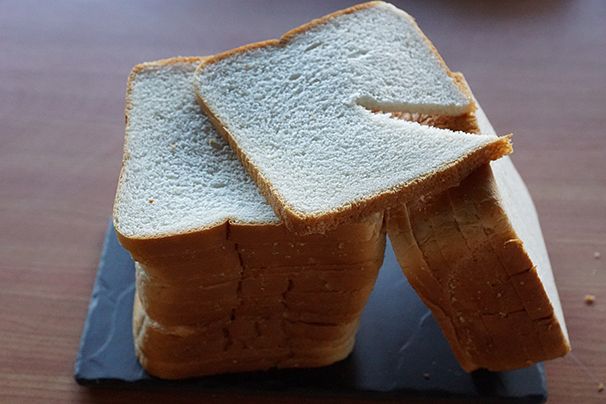
If, for example, for breakfast you have two slices of white bread toast with chocolate spread, a 20cl glass of supermarket orange juice and a hot chocolate, you have already consumed around 63 grams of sugar, 13 grams more than what the WHO recommends for the entire day.
More conservatively, take just the orange juice and a bowl of cereal and you’ve had just 30 grams of sugar for breakfast, leaving room for an extra 20 grams of sugar to stay within the 10% suggested in its guidelines (although you can already forget about those ‘additional health benefits’).
For most of us it may be common sense; for a low-sugar diet, avoid fizzy drinks and sweets. But there is more sugar than some of us think in savoury, non-sweet food, like bread, pizza and pasta. Not to mention the levels of salt and fats. But that’s for another WHO study…
Sugar & food labelling
Accurately working out how much sugar we are eating often depends on the quality of the labels on the food we buy.
Some countries are clearer than others when it comes to telling consumers exactly what is in food products.
EU labelling regulations
In Europe, there are some EU regulations that companies must stick to when it comes to sugar content and labelling.
For example, the term “low in sugar” has a specific definition.
The phrase can only be used on a food label when the product contains no more than 5 grams of sugar per 100 grams of solids, or 2.5 g of sugars per 100 ml of liquids.
Sugar free. Well, kind of …
But a company is allowed to use the phrase “sugar free” even when it is not strictly true.
The EU regulation states: “A claim that a food is sugars-free may only be made where the product contains no more than 0.5 g of sugars per 100 g or 100 ml”.
So, even if a product has 0.5 grams of sugar in it, it is allowed to be marketed as “sugar free”.
The regulation goes on to say that labels that claim that sugars have not been added to a food can only be made when the product does not contain any added mono or disaccharides, or any other food used for its sweetening properties.
And if sugars are naturally present in the food, the following indication is required to be displayed on the label: CONTAINS NATURALLY OCCURRING SUGARS.
The USA’s battle with sugar
The US is also grappling with the issue of how to make sure that consumers have all the information they need when it comes to making decisions about sugar.
The US Food and Drug Administration is proposing changes to food labelling laws, and sugar is one of the top concerns.
The FDA is proposing that companies be required to declare “added sugars” on labels. At the moment the label only has to mention the total sugars in a product.
Under the proposals, “sugars” would have to have a sub-category of “added sugars” on labels to spell out the breakdown of the content.
There’s sugar … then there’s added sugar
The FDA says this would help consumers understand how much sugar is naturally occurring and how much has been added to the product.
The agency says the proposal takes into account “new data and information, including recommendations from federal agencies and information from other expert groups, citizen petitions, as well as public comments”.
The FDA says “added sugars provide no additional nutrient value and are often referred to as ‘empty calories’”.
Authorities in the US say it is estimated that Americans get 16 per cent of their total calories from added sugars.
The FDA said on its website: “The major sources of added sugars in the diet are soda, energy and sports drinks, grain based desserts, sugar-sweetened fruit drinks, dairy-based desserts and candy,
By Mark Davis, with Seamus Kearney















